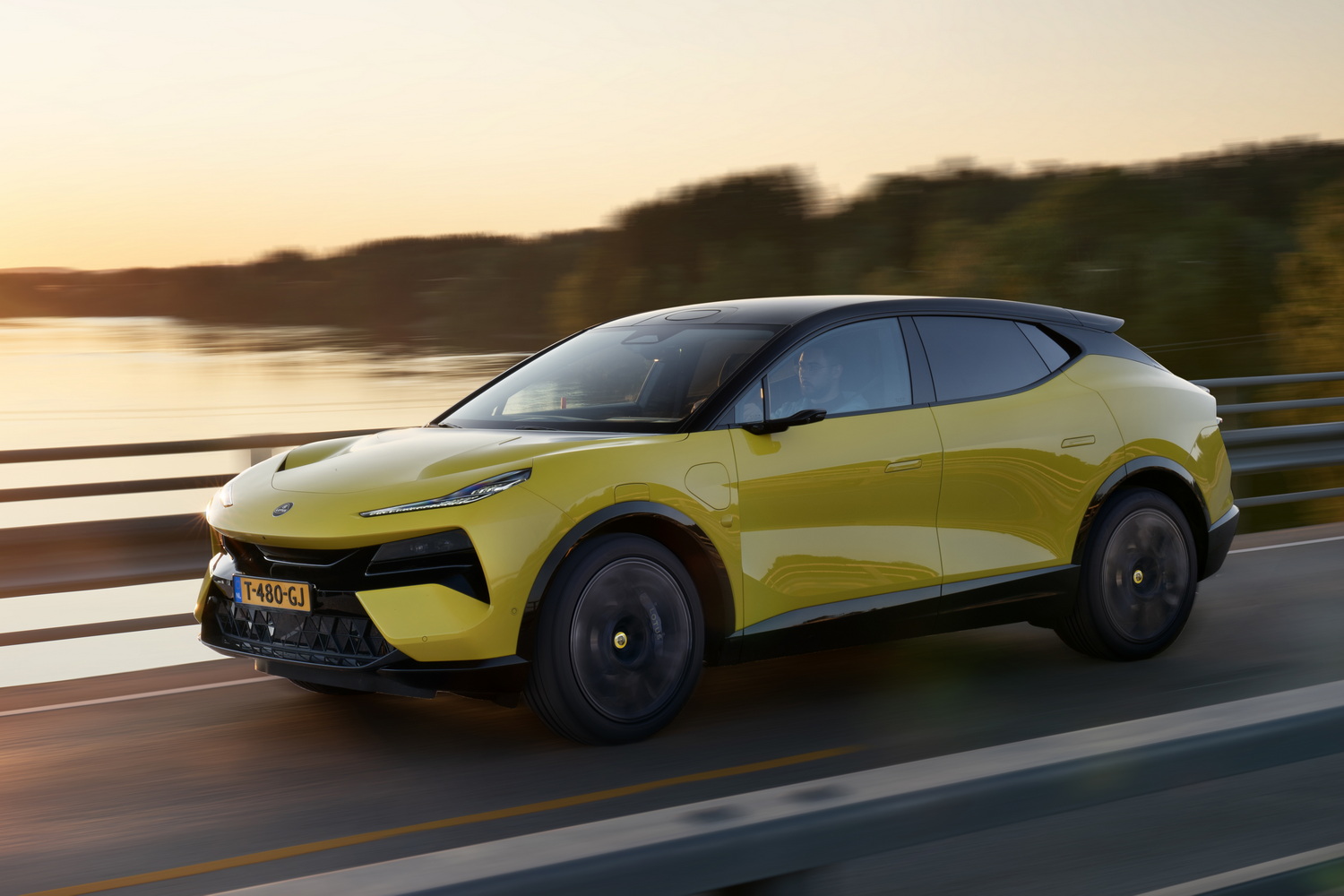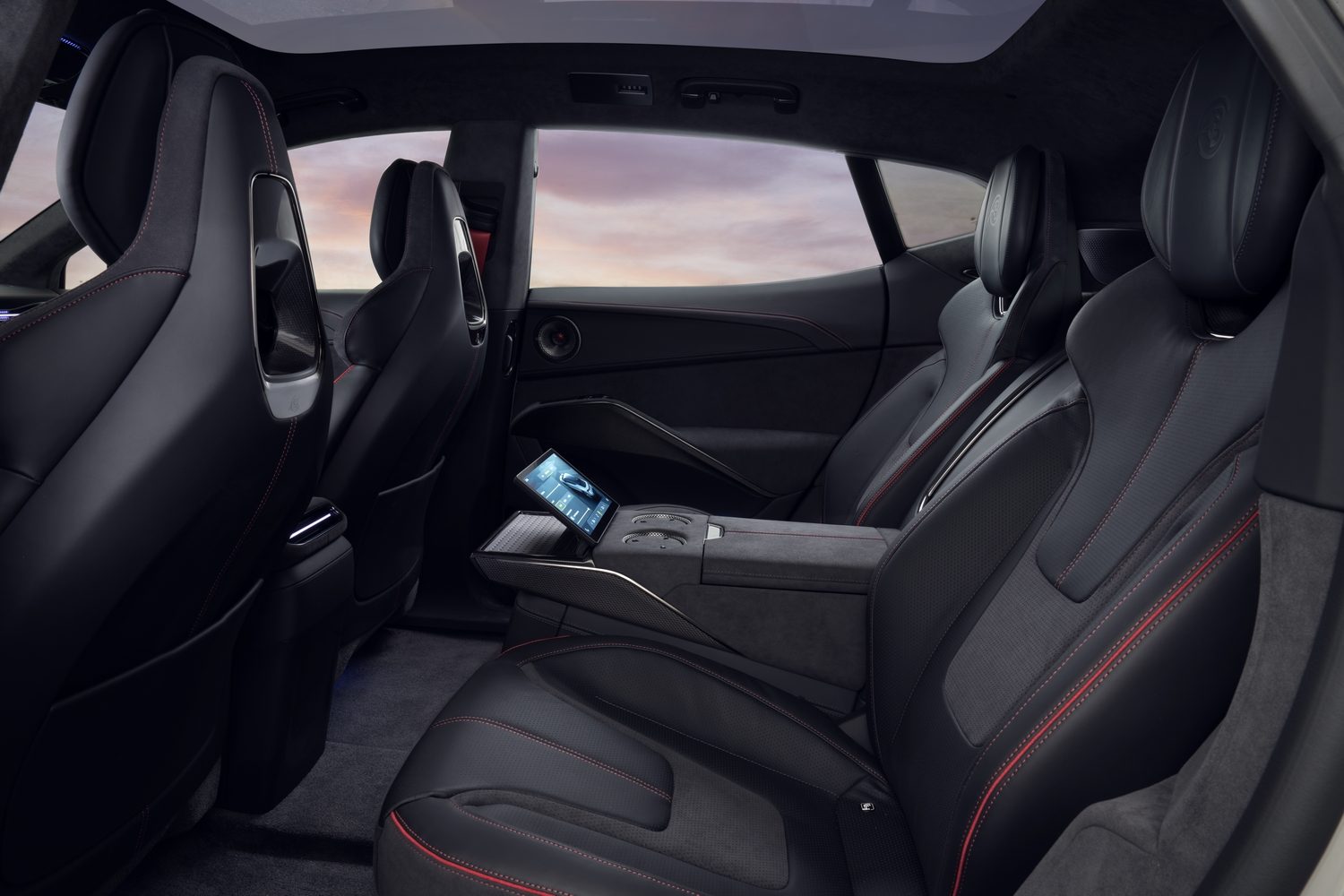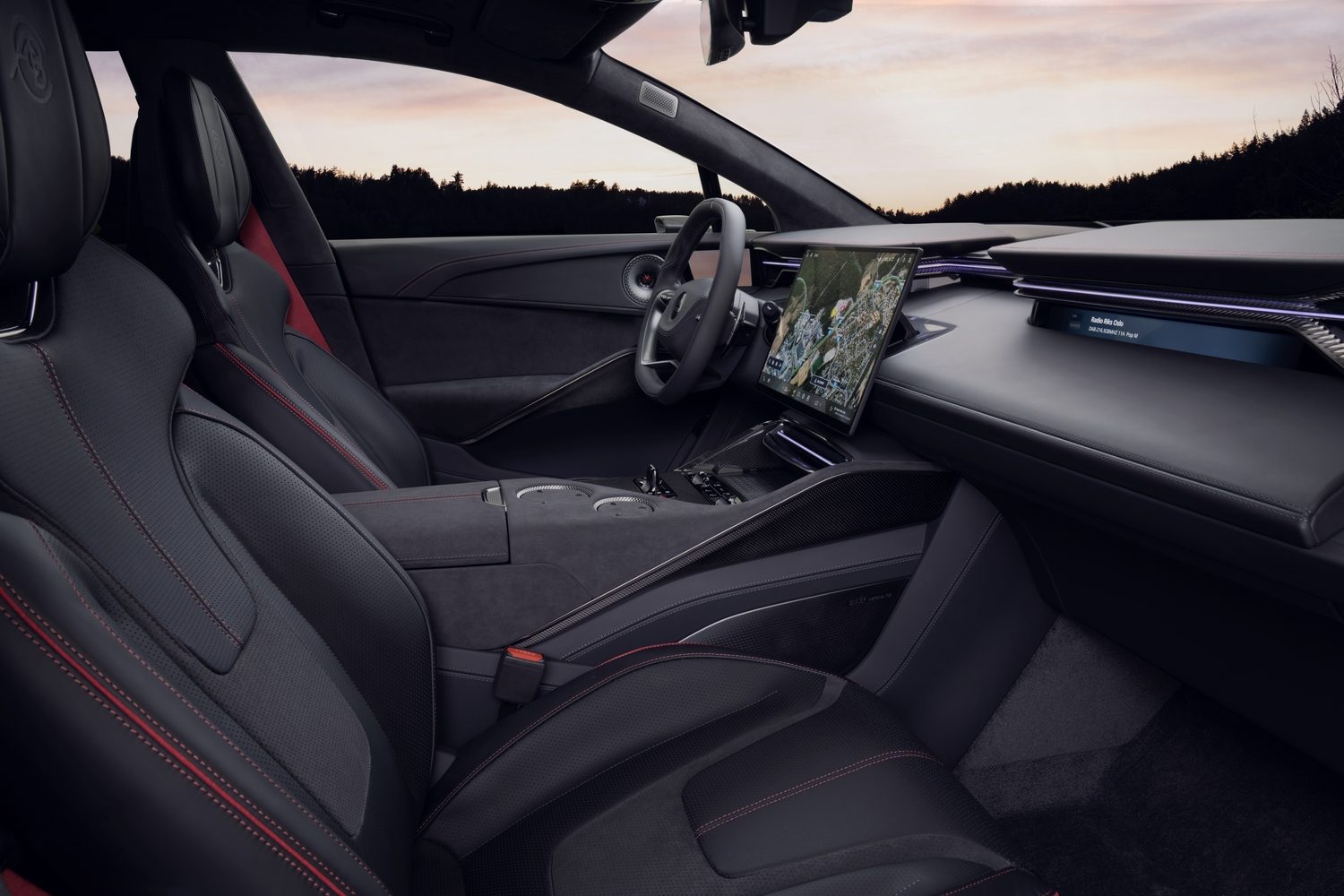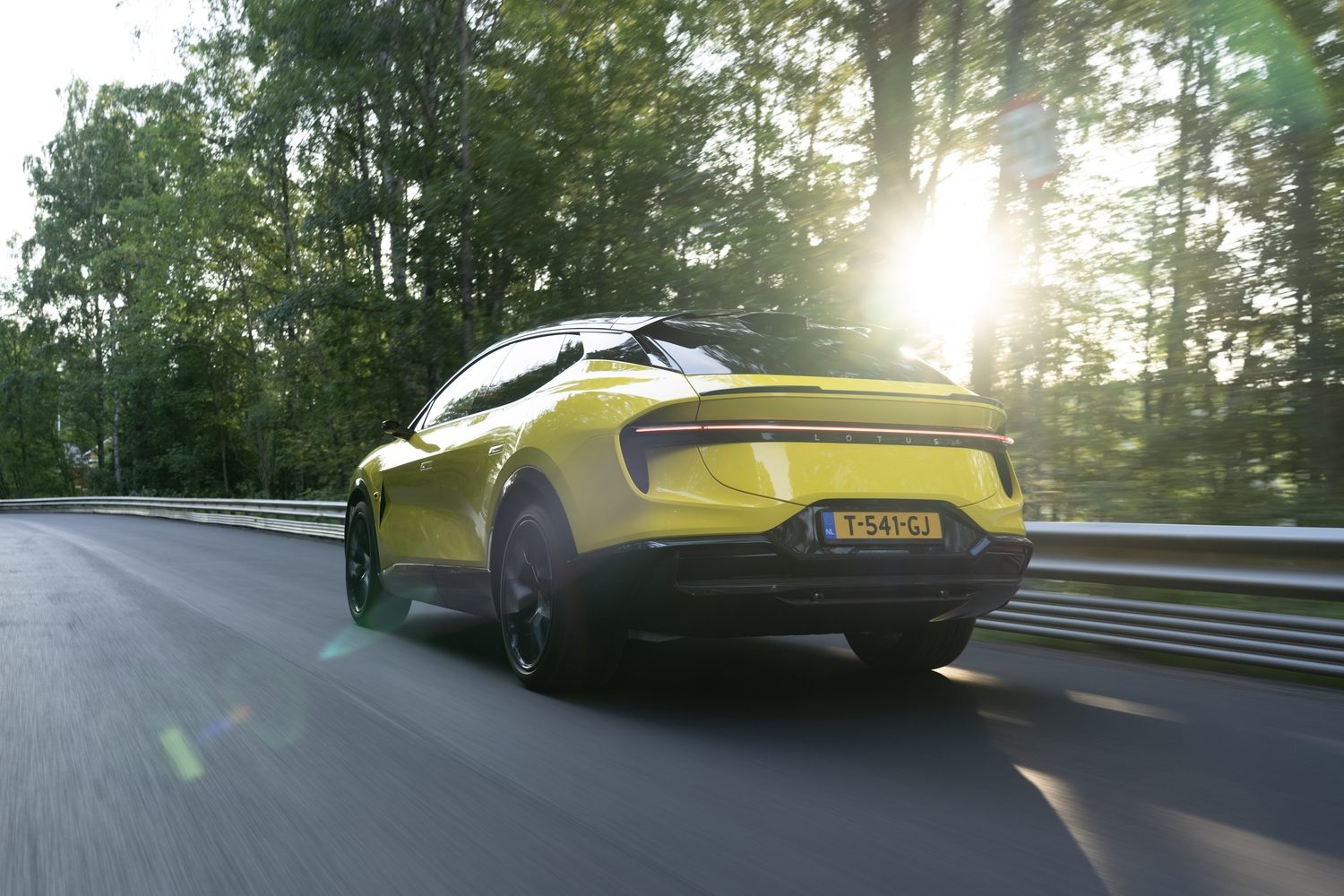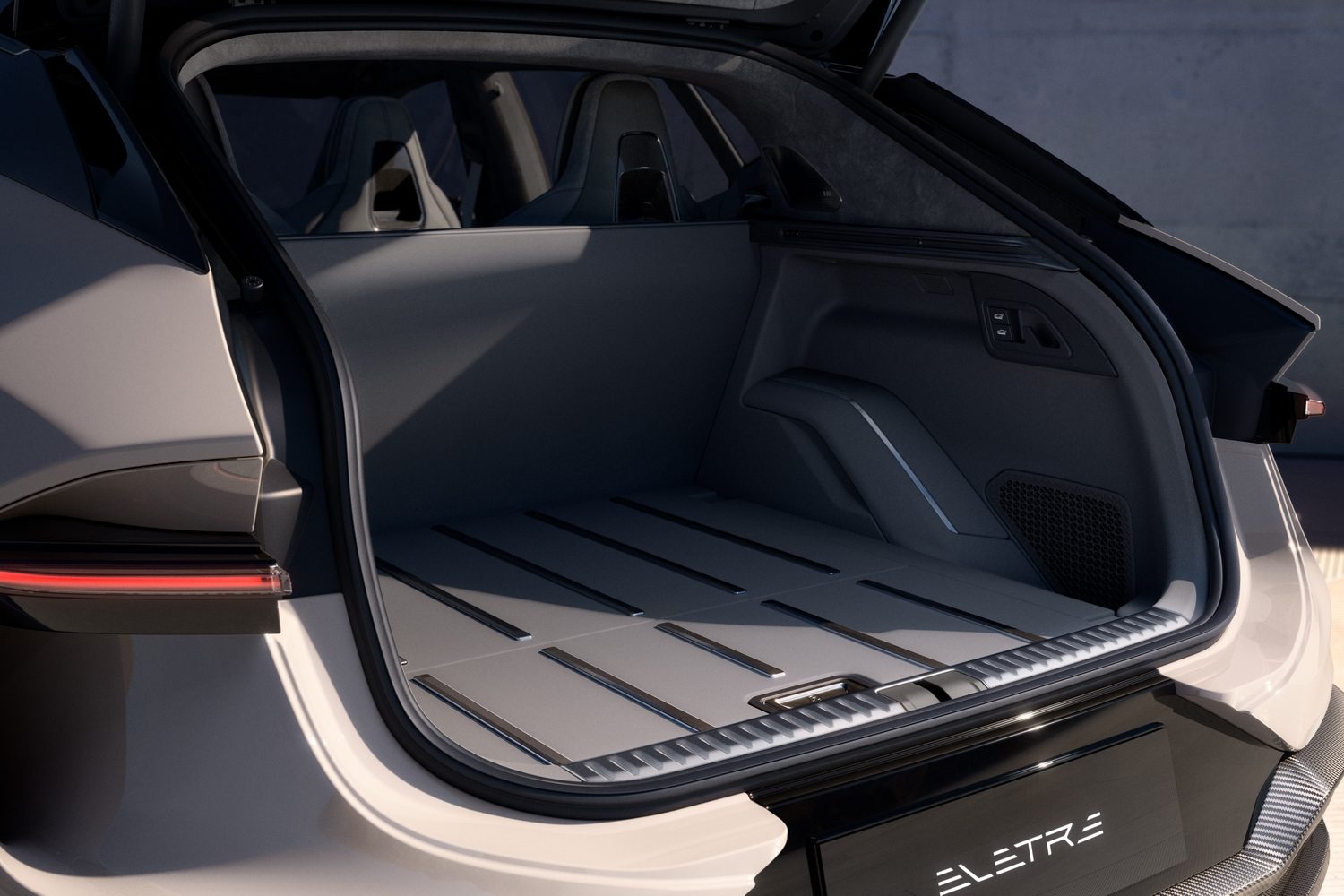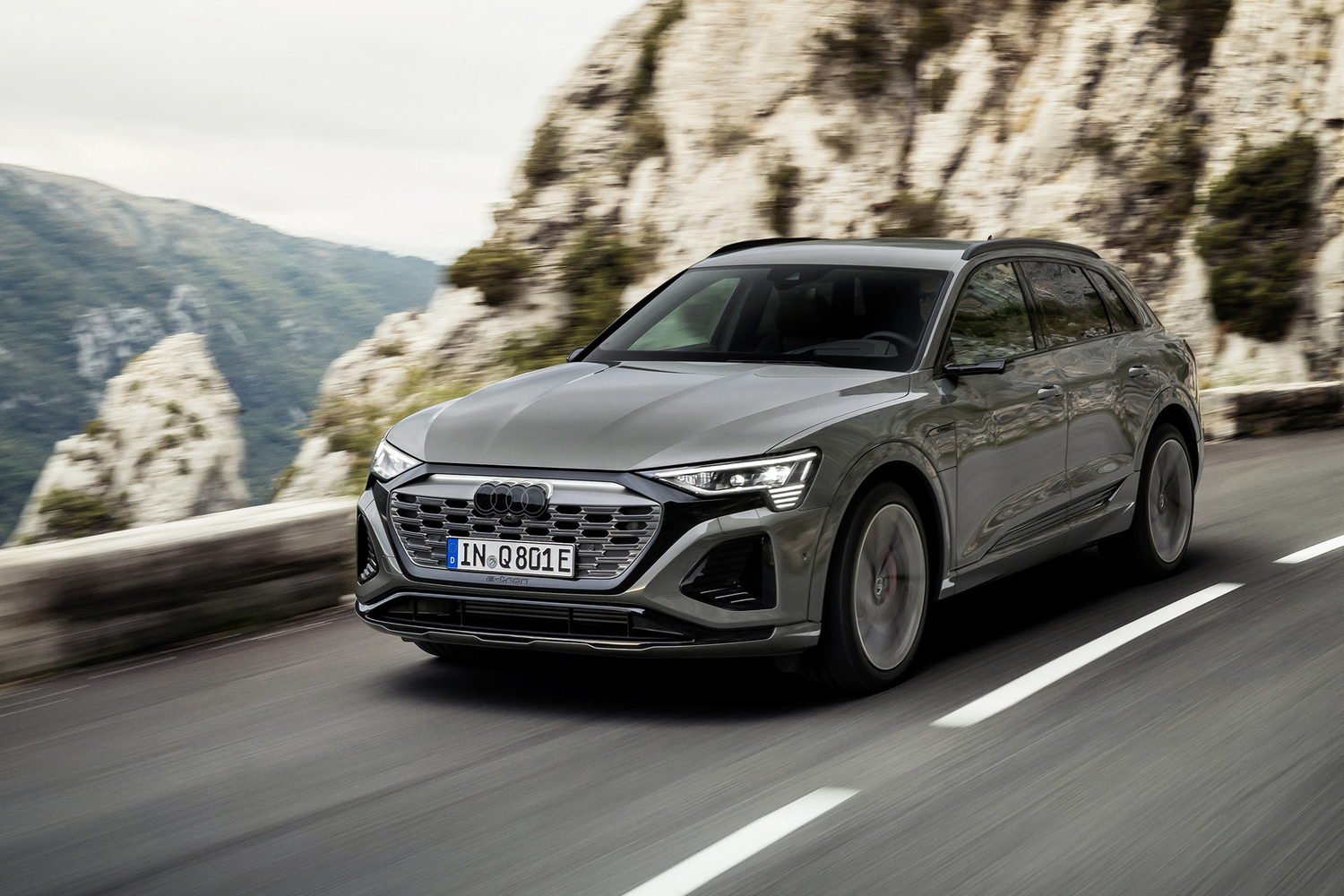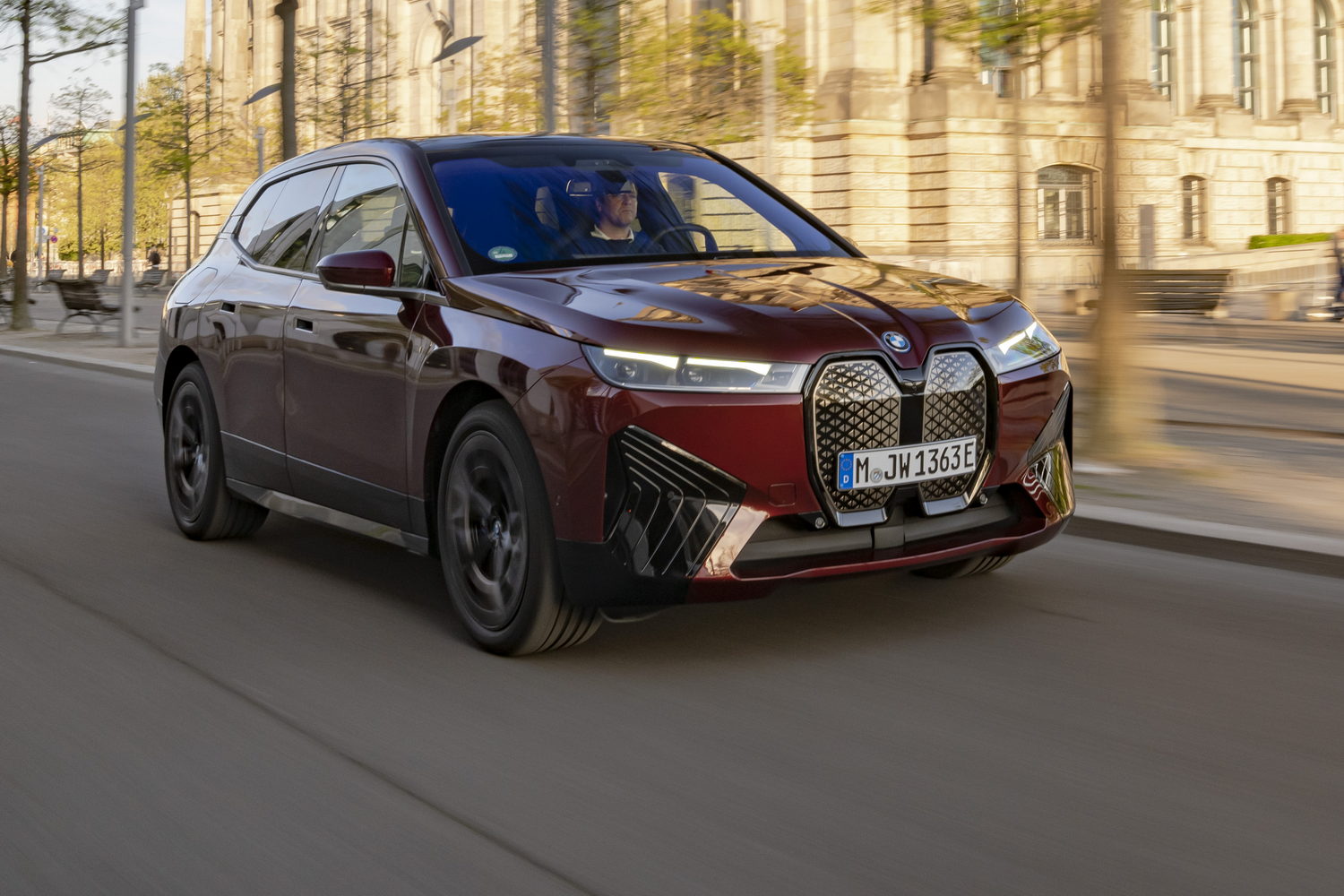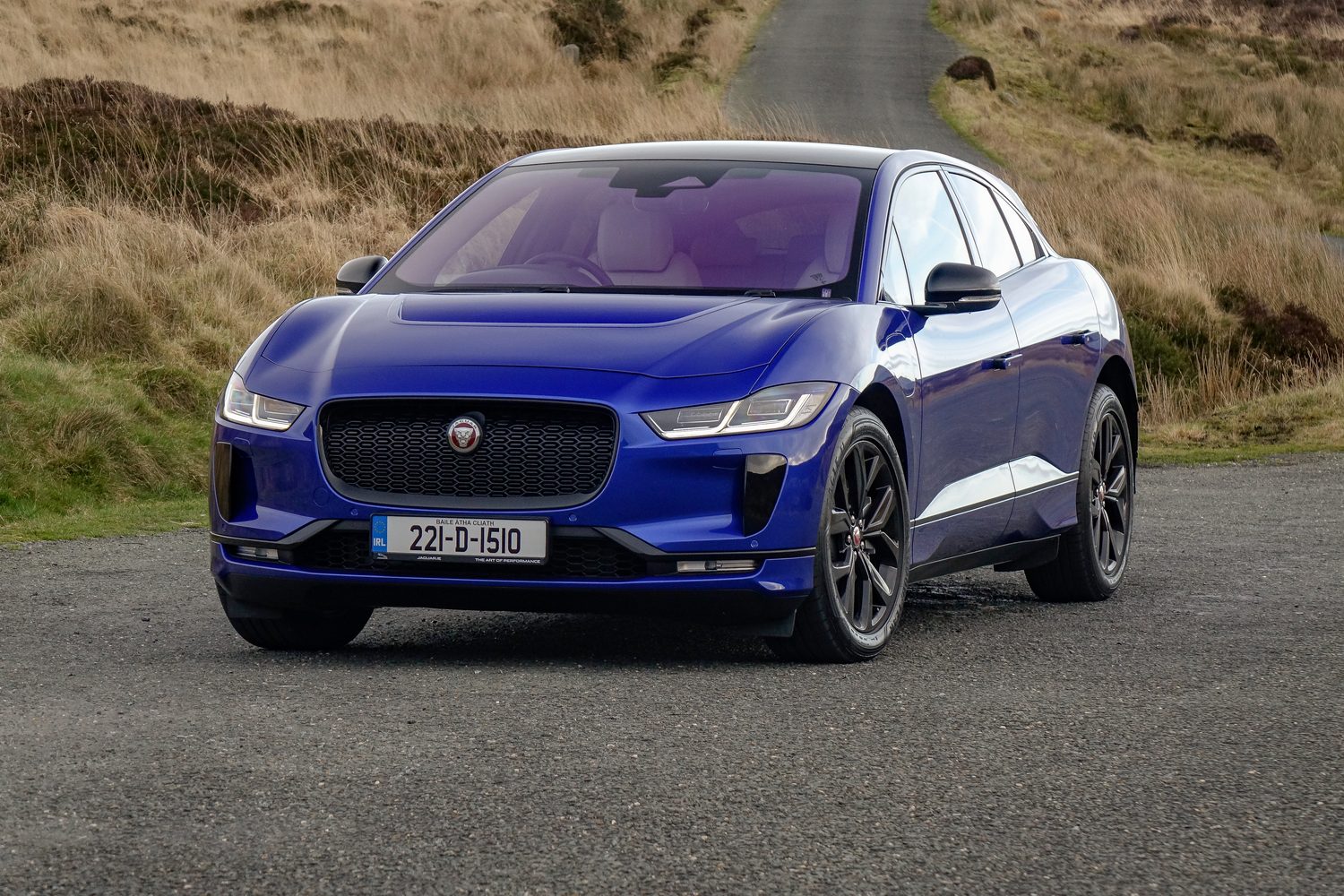Traditionally, Lotus has not been a jack of all trades. This is a company that has specialised in sports cars, and has done so to great effect, but it hasn’t exactly expanded its horizons very much. Now, though, under the stewardship of Chinese owner Geely, the brand has begun to branch out, and the new Eletre is perhaps the branch that has stretched furthest from the main trunk of the Lotus tree.
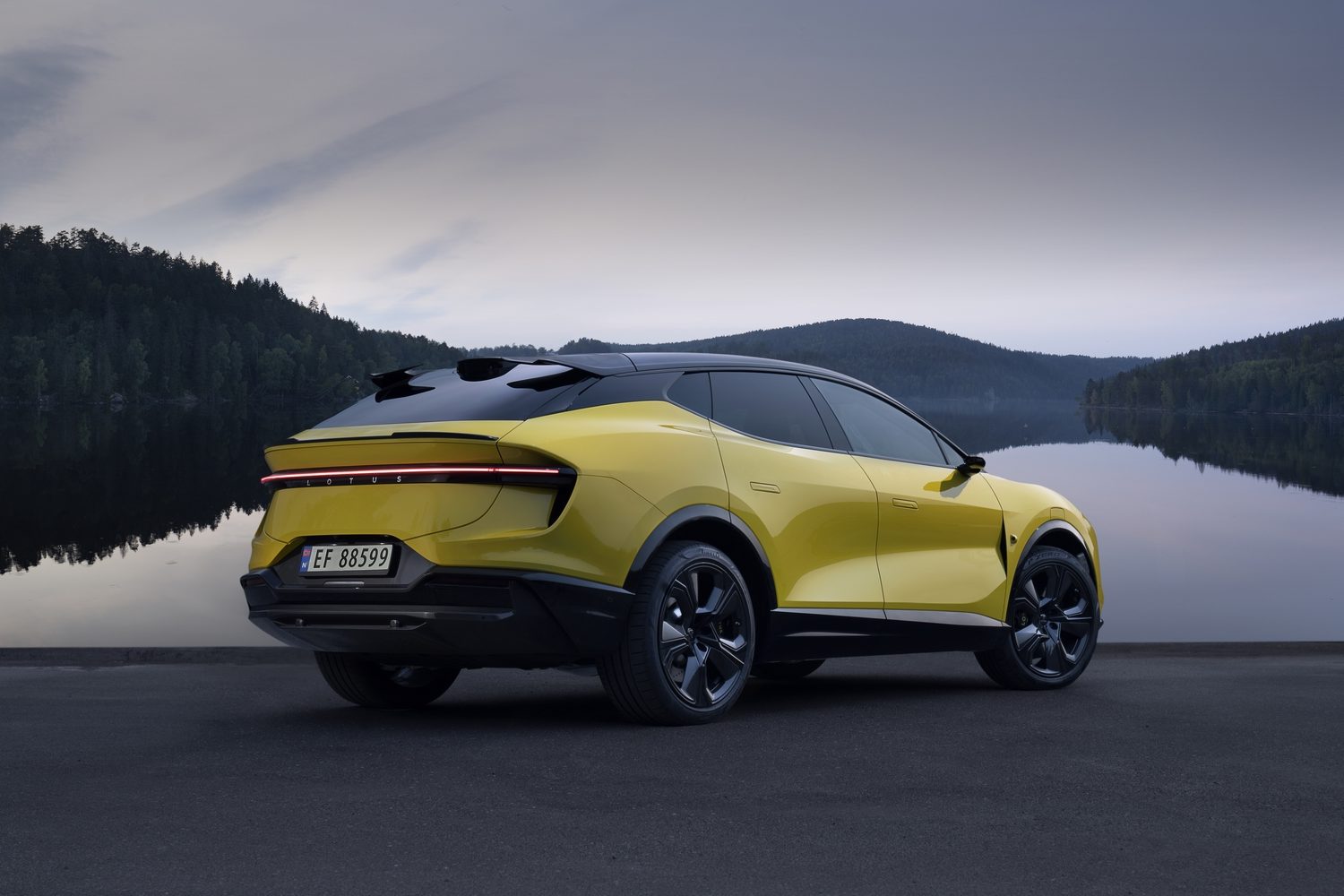
It is, as these pictures show, a massive luxury SUV, complete with a huge battery and an electric powertrain. It has immense power and pace, both of which sit well with the Lotus brand, but the concept of a heavy 4x4 is much less in keeping with Colin Chapman’s ethos of simplifying and adding lightness. So, is it really a Lotus? And more importantly, is it any good?
For this, our first taste of the Eletre, we’re sampling a mid-range S model which sits between the base version and the range-topping R. Can it stake a claim to being the best sporty electric SUV out there, or will it fall short of expectations?
What does the new Lotus Eletre look like? Perhaps the thing that stands out most about the Eletre is its sheer size. We’re kind of used to Lotuses such as the Emira, Exige and Elise being small and light, so to see the Lotus badge on something that’s longer than a Mercedes-Benz E-Class and about as wide as a Range Rover is quite something. But bulk aside, we aren’t quite convinced by the way the Eletre looks. It’s definitely striking, and it’s unquestionably aggressive looking, but the lights don’t quite look right to these eyes, and the rear end feels a bit awkward. And we can’t get away from the fact it looks a bit like a Volvo EX30 on steroids, which is perhaps unsurprising, given Volvo and Lotus are owned by the same Chinese master.
That said, the Eletre is offered in some spectacular colours, including a rather smart green and a weird pinkish grey that changes depending on the light. And with big wheels on every model and a big light bar across the back, as well as the sheer amount of space it takes up, the Eletre can’t fail to turn heads. The only question is whether those glances will be admiring ones.
A look inside the Lotus Eletre
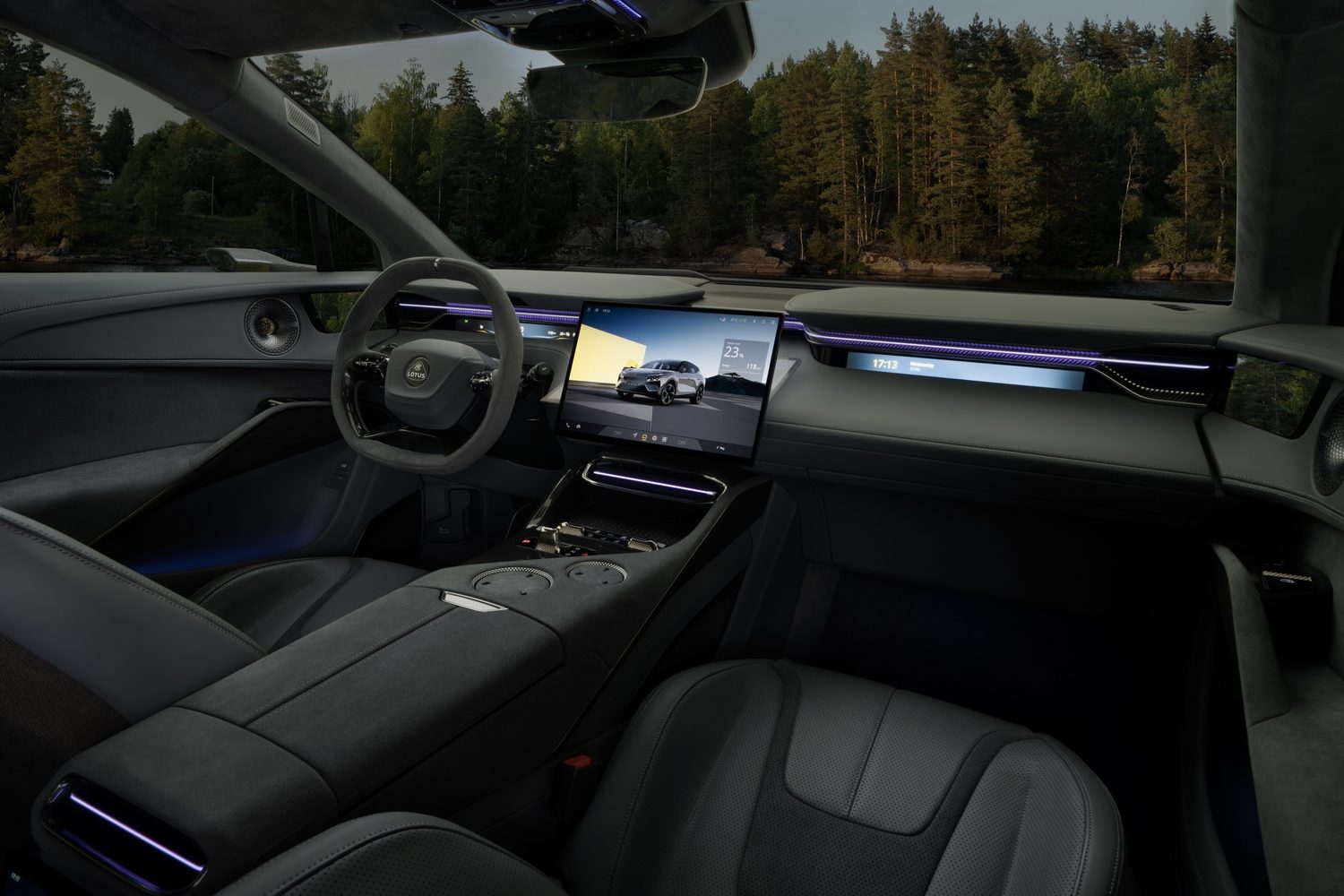
Perhaps the biggest surprise about the Eletre is the cabin. Lotus has always said this car would be a luxury SUV, but the brand has no more heritage in the field of premium cabins than it does in electric 4x4s, so we were a little sceptical. But the Eletre’s interior is utterly glorious, and it feels every bit as good as it looks.
The design is a bit chintzy in places, with quite a lot of brightwork knocking about, but the materials are good, and they all feel solidly stuck together. We especially like the split paddles behind the steering wheel, allowing one paddle to do two things, which works better than you might expect. And happily, Lotus has engineered the switchgear nicely, so its movement all feels upmarket.
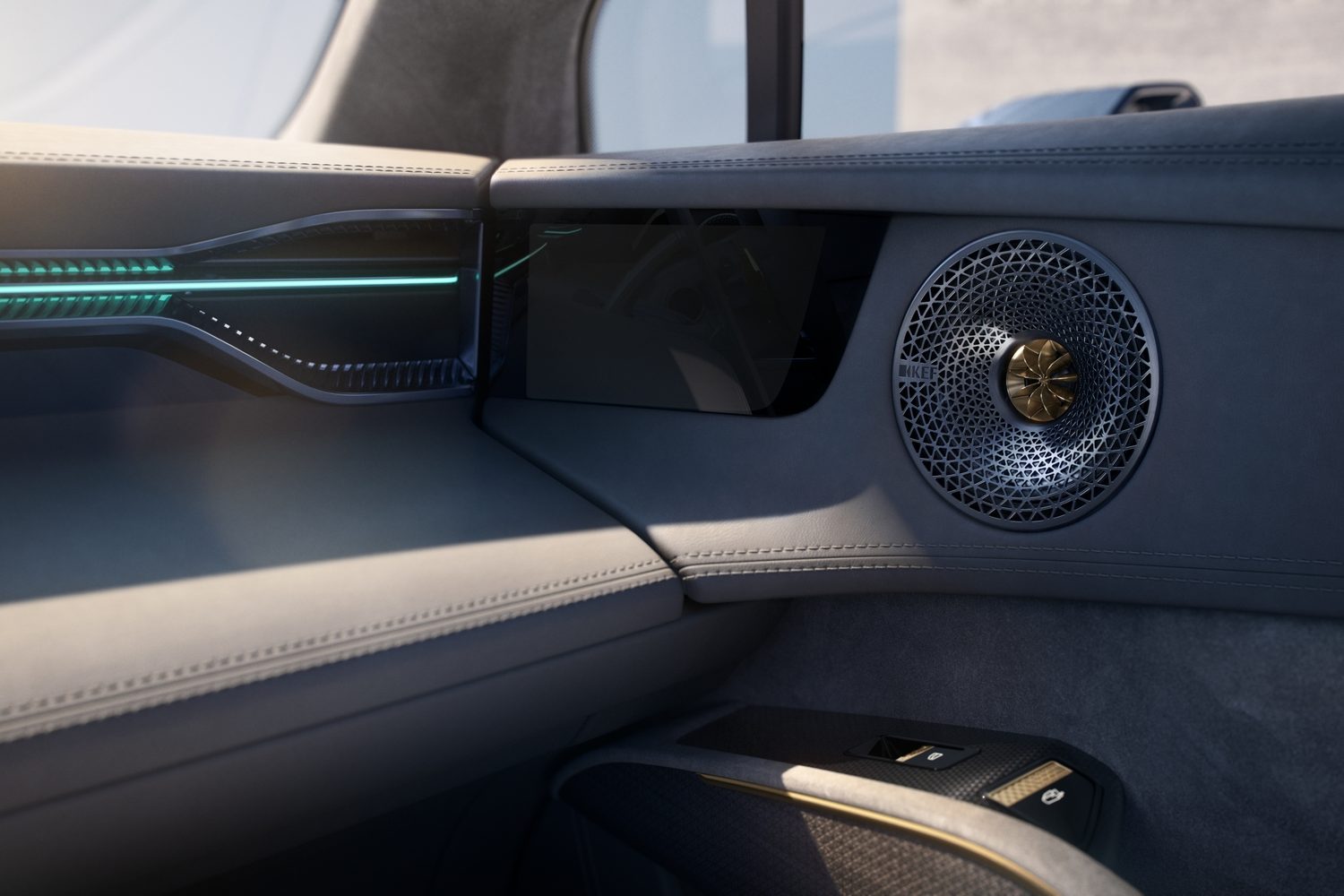
All that is combined with lovely, sculpted seats that hold you in beautifully, particularly in the sportier settings, where the bolsters tighten around your waist to keep you in place. But even in more economy and comfort orientated settings, they’re still incredibly comfortable and supportive.
There’s plenty of space, too, with loads of room for rear-seat passengers to stretch their legs, and even enough headroom for tall passengers to remain comfortable, despite the car’s roofline. There’s a big boot, too, and almost 700 litres of cargo space is more than you’d get in the back of a BMW X5 or a Range Rover Sport.
The Lotus Eletre’s on-board technology
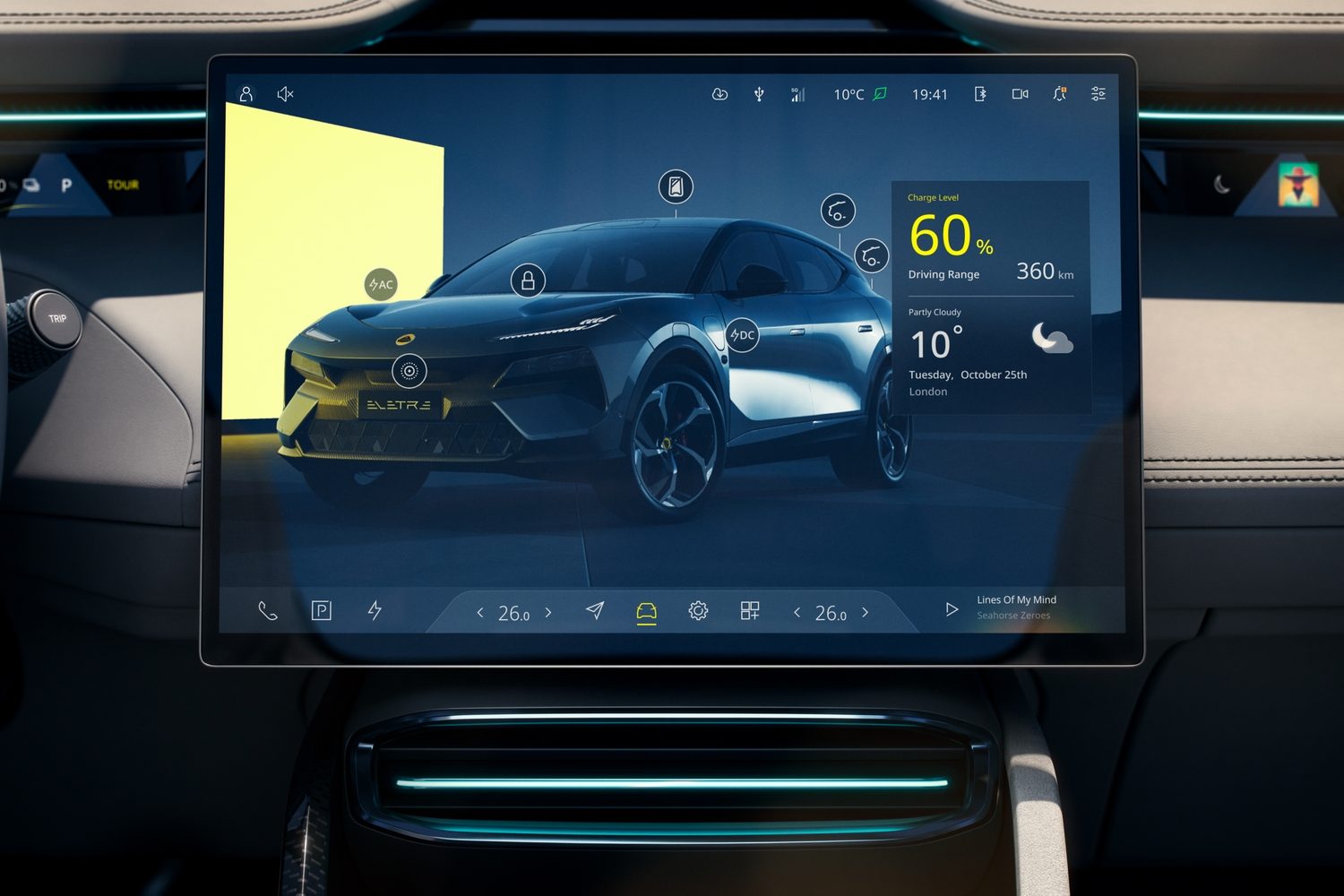
Apart from the space and quality, the key part of the Eletre’s cabin is the infotainment system, which has a nice and sharp display that makes life much easier, and a massive amount of real estate that means it never feels too cluttered. And you can always engage in a bit of configuration to get the system set up exactly as you want it.
There is also a small digital instrument display, but that goes largely unnoticed in favour of the head-up display projected onto the windscreen, providing all the information you’re likely to look at regularly. It’s a sharp set-up that works well and looks pretty modern, too.
Certainly, it’s better than the digital door mirror cameras down the flanks. In fairness, they’re better than the similar set-up in the Audi Q8 e-tron, but that’s only because they’re sharper. They’re still unintuitive to use, and there’s no ability to expand the field of view by moving your head, which you’d do with a conventional mirror. Whether they improve performance or range is unclear, but they definitely sacrifice some practicality in the process, and we suspect it isn’t worth it.
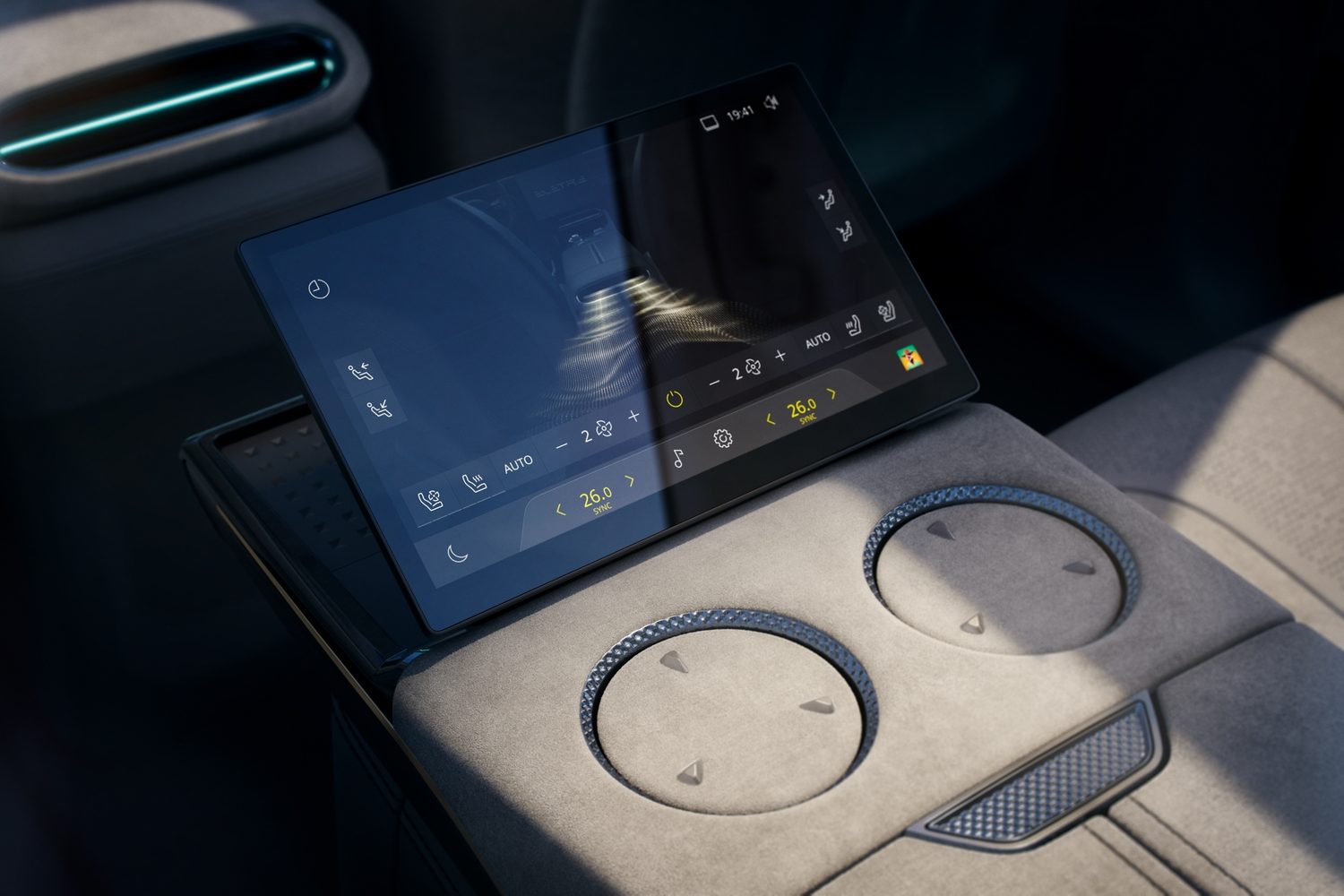
How fast is the Lotus Eletre S?
Sitting pretty in the middle of the Eletre range, the S model we tested squeezes a plentiful 612hp from its two electric motors, which also give it all-wheel drive. Although that’s the same power output you’ll get from a basic Eletre, that’s quite a lot of punch - it’s on a par with the most powerful V8-engined performance SUVs - and the Eletre performs accordingly, even though it weighs a chunky 2.5 tonnes. The 0-100km/h time of 4.5 seconds is comparable with other performance SUVs, but the advantage of the electric motors is the immediacy with which the Eletre accelerates. With no gears to worry about or turbochargers to spool up, the response is instantaneous, and it’s enough to give your passenger a funny tummy.
That’s in spite of the car’s weight, which largely comes courtesy of the enormous battery under the floor. At 112kWh, it’s almost twice the size of the battery in a basic Skoda Enyaq, which gives you some idea of just how capacious it is. Hence the range of more than 500km on the official economy test, which should be more than enough for anyone. Of course, achieving that in the real world will likely prove difficult, and it’ll certainly take restraint, but it’s a good selling point for the big Lotus.
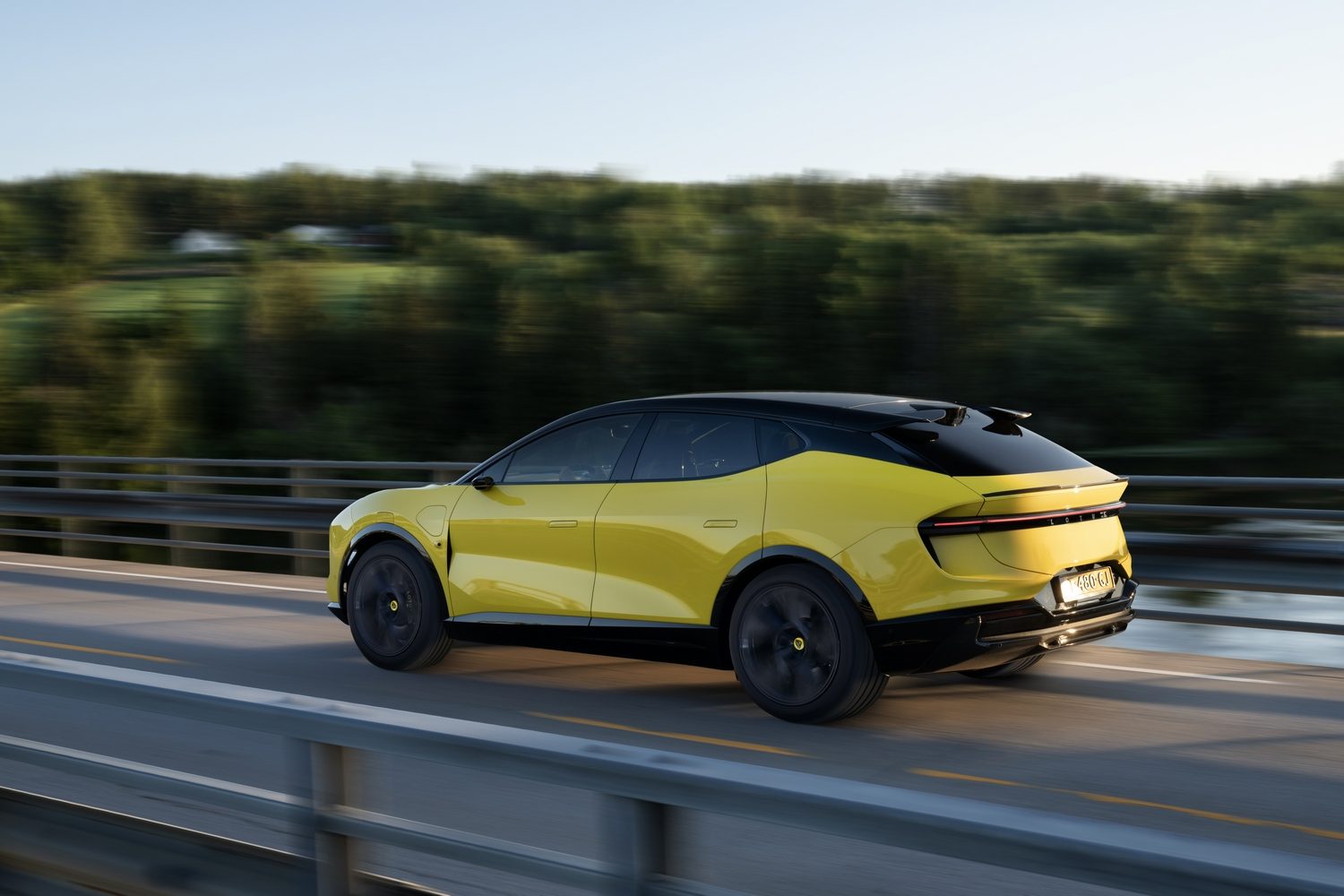
Not that range is quite so important when you can charge at 350kW. With such ultra-fast charging speeds, the Eletre can add hundreds of kilometres of range to its readout in a matter of minutes, so by the time you’ve stopped at the services for a coffee and a pee, you’re ready to cover another few hundred kilometres, in theory.
Driving the Lotus Eletre S
Those who come to the Eletre hoping for a jacked-up, battery-powered sports car of Lotus’ usual ilk will be doomed to disappointment. With such a big, heavy body, the Eletre can’t help but be a big, bruising performance car, as opposed to a light, lithe and nimble pocket rocket, but that doesn’t stop it from filling the role well.
Yes, it’s more of a grand tourer than a sports car - the ride may be a bit brittle at low speeds, presumably because of the weight and the size of the wheels, but it is quite supple at speed and it’s as quiet as you’d hope. For a couple of hours of motorway driving, the Eletre is hugely capable, and though the ride is firmer around town, it’s still perfectly acceptable. There’s something very relaxing about it, despite its size.

And it handles well, too, albeit with the caveat that this car doesn’t enjoy being thrown around. The Lotus DNA comes through in the steering, which is quite light, but it’s direct, quick and responsive, which gives you lots of confidence and control. And the same goes for the brakes, which are immensely powerful, while the body control is incredibly good, with little lean in corners. Yet for all that, this is not a sports car, and it doesn’t really like to be pitched into bends with too much gusto. Long, flowing corners are its forte, preferably taken at about seven tenths of the maximum. Keep driving it that way, and you’ll absolutely adore it.
How safe is the Lotus Eletre?
As Euro NCAP, the independent safety organisation that has taken it upon itself to test new cars in Europe, has not assessed the Eletre, it’s difficult to draw solid conclusions about the Lotus’ safety. And given no Lotus has ever been put through the wringer by Euro NCAP, we don’t expect that to change any time soon.
That said, Lotus has fitted plenty of safety kit to the Eletre. Along with all the usual stuff - airbags, anti-lock brakes and all that jazz - there’s a fleet of safety systems, including autonomous emergency braking to stop the car if the driver’s attention wanders, and there’s lane departure warning to let you know if the car starts to wander across the white line. The speed limit warning system, which is as effective as ever, is also fitted as standard, but it can be switched off fairly easily.
How many child seats can you fit in a Lotus Eletre?
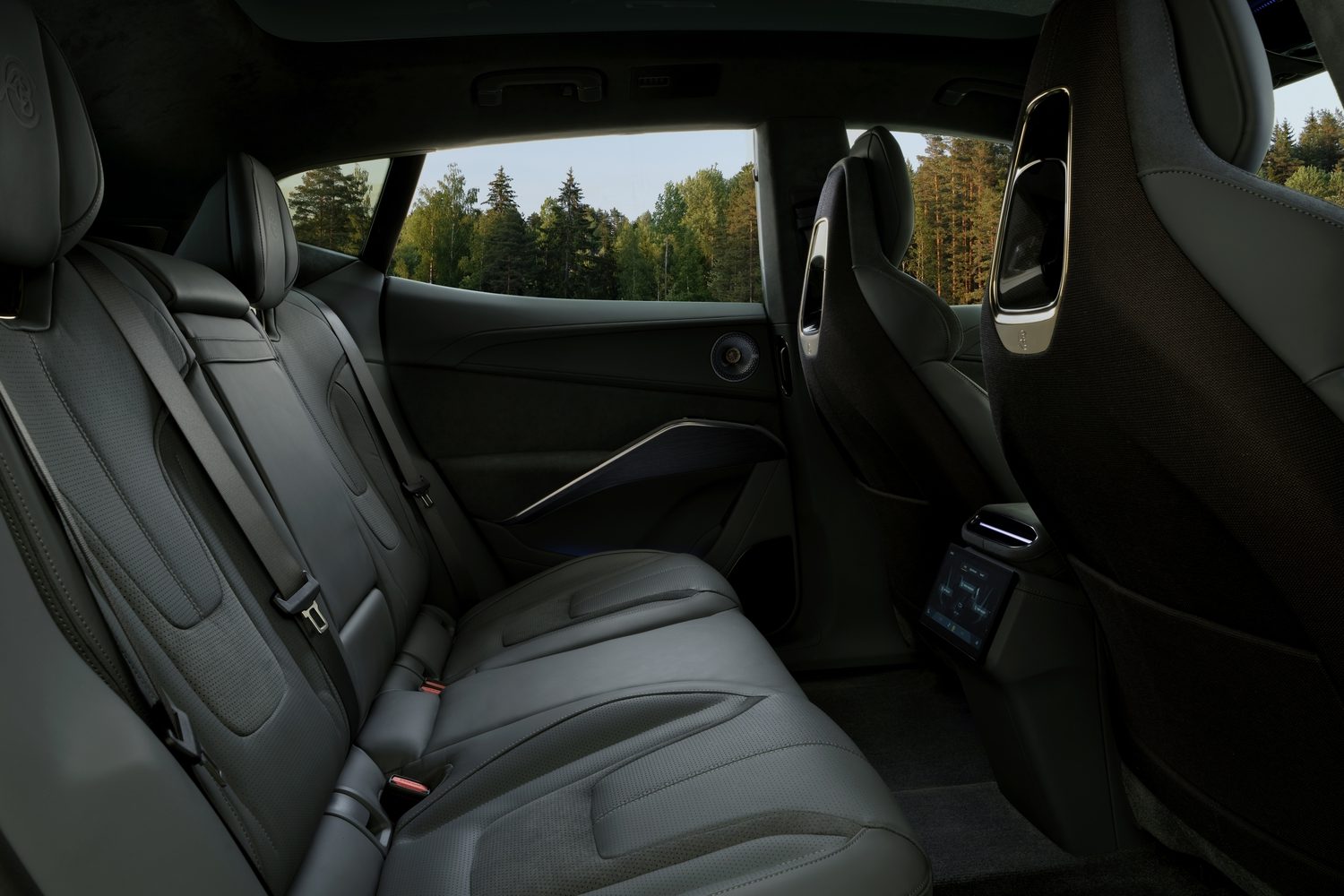
Lotus customers of old may not have had to worry about rear seats, let alone child seats, but the Eletre is here for a new generation of buyers, and the rules are different. So, like most luxury SUVs, the Eletre has ISOFIX child seat mounting points in the rear, giving owners the chance to ensure their kids are safely and securely strapped in. Does that make this the world’s first properly family-friendly Lotus?
How much does the Lotus Eletre cost in Ireland?
With prices starting at a whisker under €100,000 on the Irish market, the Eletre is hardly a cheap car, but then it is a big, luxurious and electric SUV with a massive range, so it doesn’t sound like bad value given what else is out there.
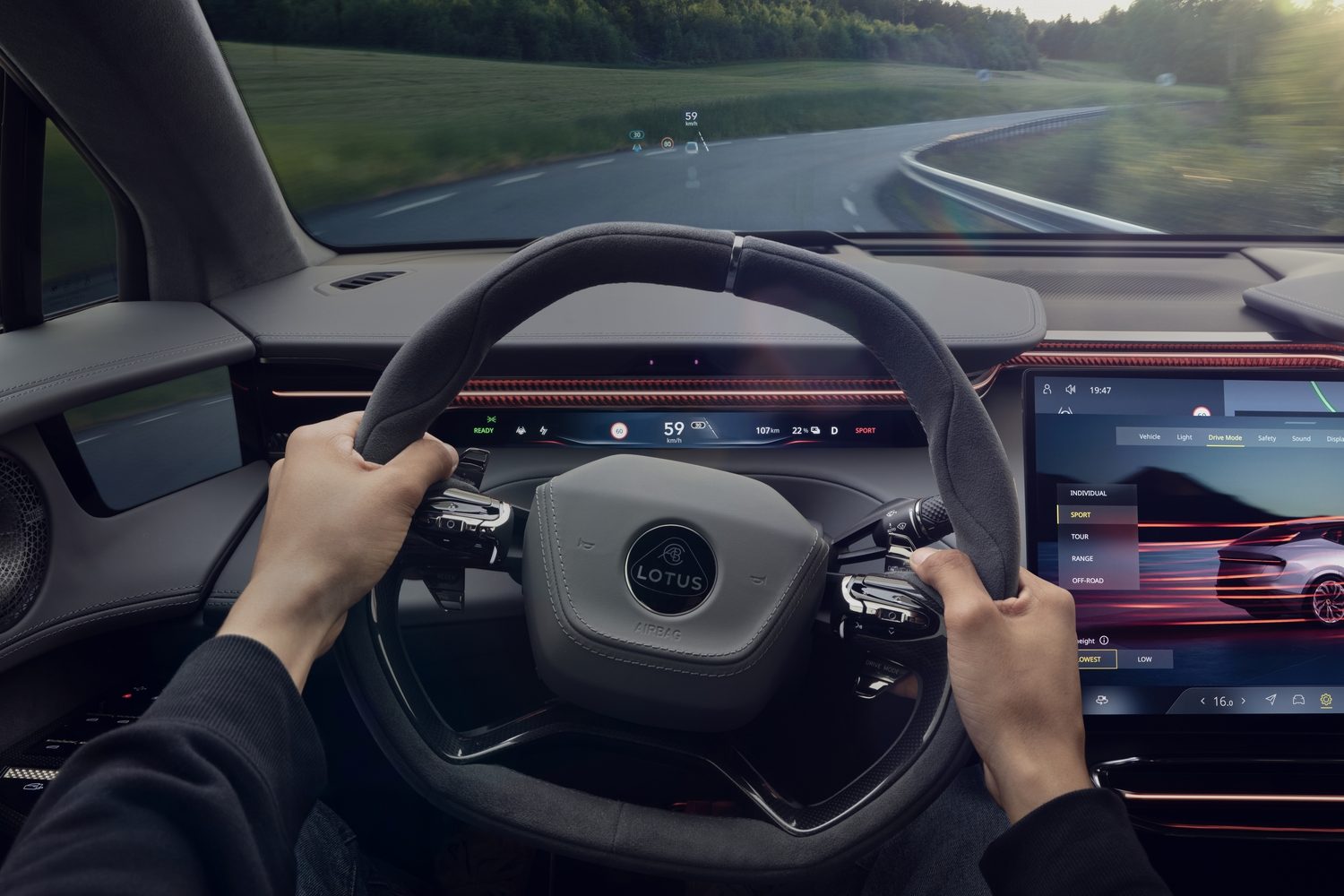
You get lots for your money, too, with even the cheapest Eletres getting a big touchscreen, four-zone climate control and clever matrix headlights, as well as leather upholstery, a reversing camera and navigation system. Moving up to the €119,700 Eletre S tested here adds a fancy sound system, an active rear wing and soft-closing doors, among other goodies.
The reasons you’d buy a Lotus Eletre
If you are a Lotus fan of the old school, the Eletre will be a complete non-starter. This is not a Lotus as we know it, and the dyed-in-the-wool fans will have no time for the SUV’s size, bulk and powertrain. But for everyone else, the Eletre is an impressive piece of engineering that really can mix it with the luxury brands we know and love. It’s pleasant to drive, the range is good and it’s surprisingly practical, so we’d have one ahead of a BMW iX any day. But the electric Porsche Cayenne is on the way, and that’s going to be the Lotus’ big rival. It’ll be fascinating to see how that particular battle plays out.
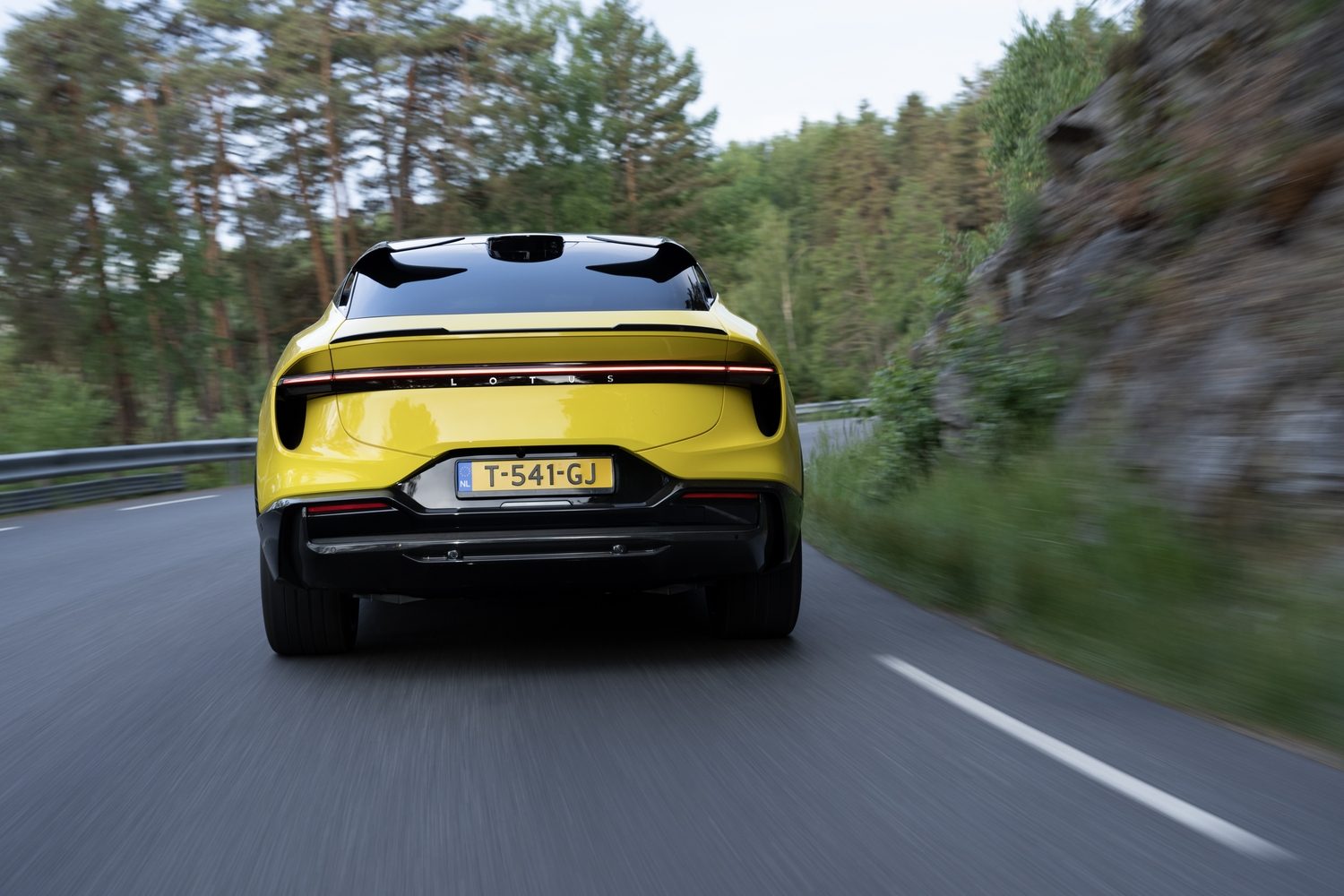
Ask us anything about the Lotus Eletre
If there’s anything else you’d like to know about the Lotus Eletre, any other Lotus, or even any other car on the market, why not make use of our Ask Us Anything page. It’s completely free of charge, and it allows you to post your questions, then have them answered by our team of motoring experts, who can help you make your next car-buying decision.

